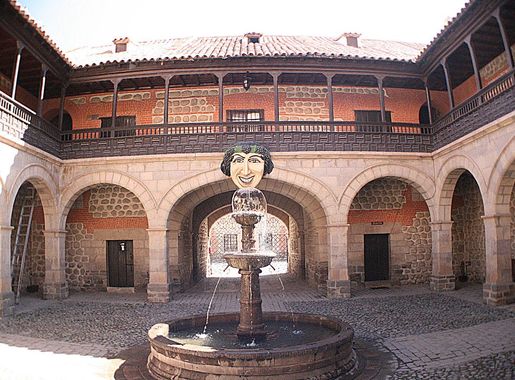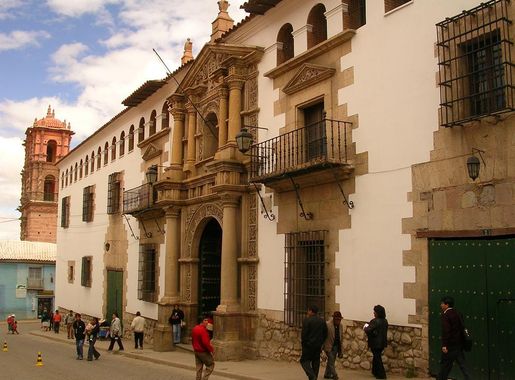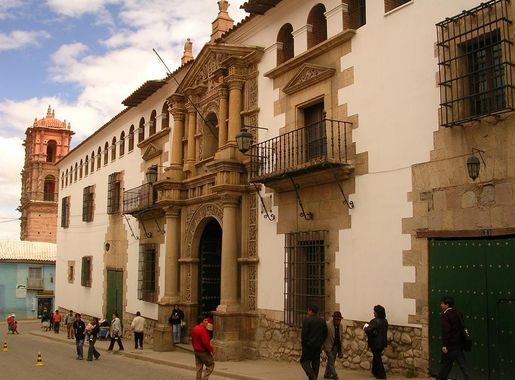
The Historic Charm of Casa de la Moneda in Potosí
Discover Casa de la Moneda in Potosí, Bolivia: A historic gem showcasing colonial architecture, rich history, and vibrant local culture in the heart of Potosí.
Casa de la Moneda, or the Royal Mint of Potosí, is an iconic landmark nestled in the heart of Potosí, Bolivia. This grand colonial building, constructed in the 18th century, is an essential stop for history enthusiasts and curious travelers alike. Known for its rich past, Casa de la Moneda once produced silver coins that circulated all over the world. The architecture itself is a marvel, showcasing a blend of Baroque and Spanish colonial styles, which adds to the allure of the site. Inside Casa de la Moneda, you'll find a museum that offers a glimpse into the history of coin production, with exhibits displaying ancient machinery, tools, and original coins. The museum is also home to a fascinating collection of artwork, including paintings and sculptures that depict the cultural heritage of Potosí. Walking through its corridors, you can almost hear the echoes of the past and feel the weight of the history that this building holds. Beyond the museum, the surrounding neighborhood offers a vibrant blend of local culture and colonial architecture. Narrow cobblestone streets lead to quaint cafes, artisan shops, and bustling markets where you can experience the daily life of Potosí's residents. Visitors often find themselves charmed by the friendly locals and the vibrant atmosphere. Whether you're a history buff, an architecture lover, or just someone looking to soak in the local culture, Casa de la Moneda and its surroundings provide a rich and rewarding experience.
Local tips in Casa de la Moneda
- Visit early in the morning to avoid crowds and enjoy a more peaceful experience.
- Consider hiring a local guide for a deeper understanding of the history and significance of the site.
- Wear comfortable shoes as the cobblestone streets can be uneven.
- Don't miss the local markets nearby for unique souvenirs and local delicacies.
- Take time to explore the art collections inside the museum for a comprehensive cultural experience.
The Historic Charm of Casa de la Moneda in Potosí
Casa de la Moneda, or the Royal Mint of Potosí, is an iconic landmark nestled in the heart of Potosí, Bolivia. This grand colonial building, constructed in the 18th century, is an essential stop for history enthusiasts and curious travelers alike. Known for its rich past, Casa de la Moneda once produced silver coins that circulated all over the world. The architecture itself is a marvel, showcasing a blend of Baroque and Spanish colonial styles, which adds to the allure of the site. Inside Casa de la Moneda, you'll find a museum that offers a glimpse into the history of coin production, with exhibits displaying ancient machinery, tools, and original coins. The museum is also home to a fascinating collection of artwork, including paintings and sculptures that depict the cultural heritage of Potosí. Walking through its corridors, you can almost hear the echoes of the past and feel the weight of the history that this building holds. Beyond the museum, the surrounding neighborhood offers a vibrant blend of local culture and colonial architecture. Narrow cobblestone streets lead to quaint cafes, artisan shops, and bustling markets where you can experience the daily life of Potosí's residents. Visitors often find themselves charmed by the friendly locals and the vibrant atmosphere. Whether you're a history buff, an architecture lover, or just someone looking to soak in the local culture, Casa de la Moneda and its surroundings provide a rich and rewarding experience.
Iconic landmarks you can’t miss
National Mint of Bolivia
Explore the National Mint of Bolivia in Potosí - a historical museum showcasing the evolution of currency and its impact on Bolivian culture.
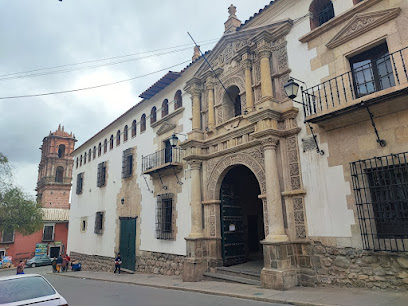
Plaza 10 de Noviembre
Explore the beauty and history of Plaza 10 de Noviembre in Potosí, Bolivia, a vibrant park surrounded by colonial architecture and lively local culture.

Hostal la Moneda
Explore the historic charm of Potosí while enjoying a comfortable stay at Hostal la Moneda, your home away from home.
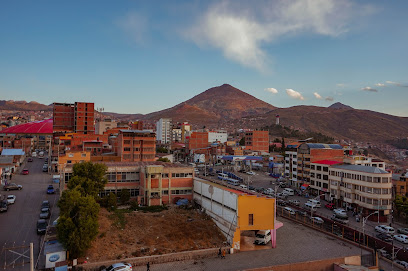
Torre de la Compañía de Jesús
Explore the breathtaking Torre de la Compañía de Jesús, a monumental symbol of Potosí's colonial history and stunning Baroque architecture.
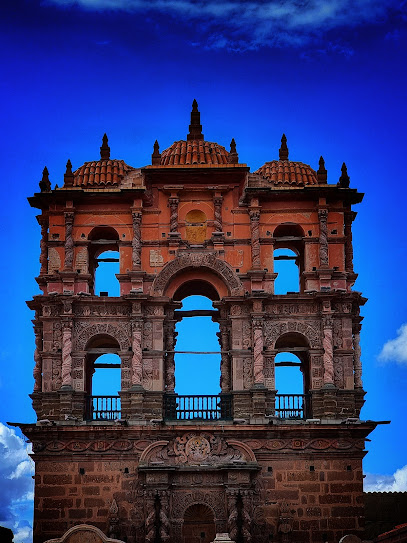
First Mint (Hammer)
Explore the First Mint (Hammer) in Potosí, a museum showcasing the rich silver mining history that shaped Bolivia's cultural heritage.
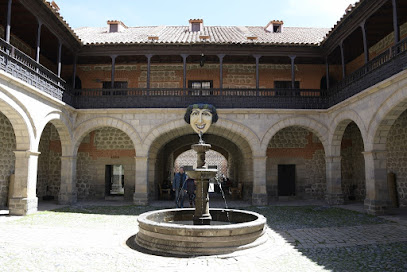
La Fuente De Las Monedas
Discover La Fuente De Las Monedas, Potosí's vibrant bullring, where tradition and culture come alive in an unforgettable experience.
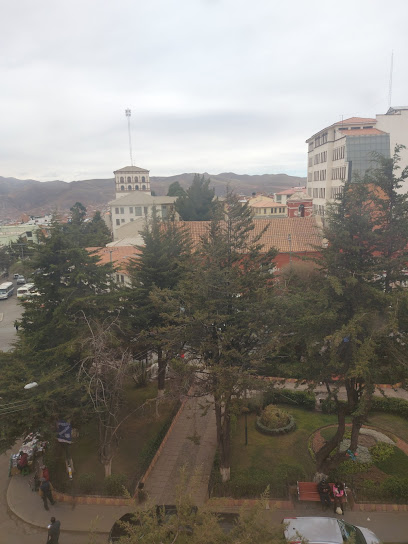
INSTRUMENTOS DE ACUÑACION MANUAL - CASA DE LA MONEDA
Explore the Casa de la Moneda in Potosí, a historical landmark that reveals Bolivia's rich minting heritage and captivating colonial architecture.
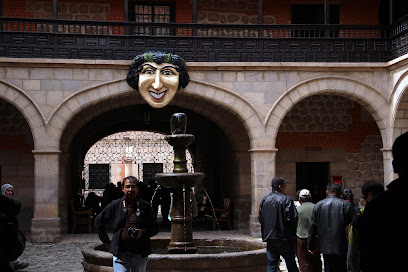
Unmissable attractions to see
Church of Saint Lawrence of Carangas
Discover the architectural beauty and spiritual serenity of the Church of Saint Lawrence of Carangas in Potosí, Bolivia's colonial gem.
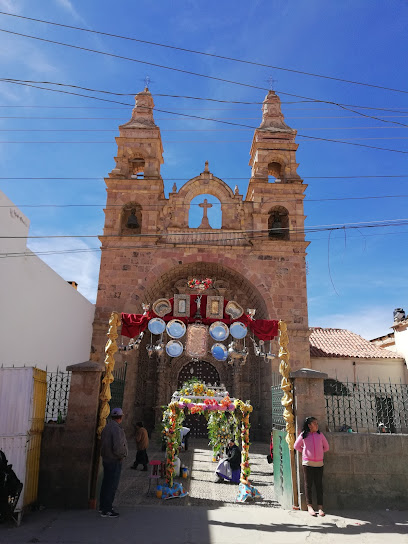
Saint Theresa Museum
Explore the depths of Bolivian culture at the Saint Theresa Museum in Villa Imperial de Potosí, where history and art intertwine seamlessly.
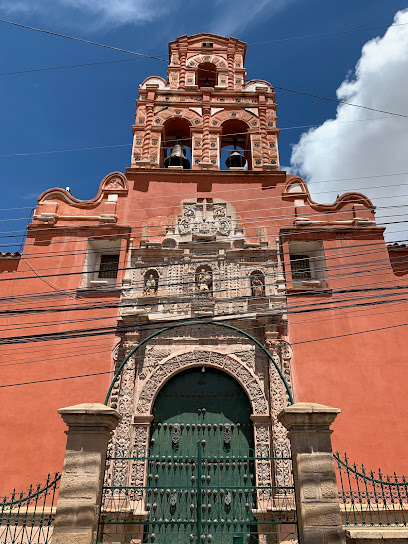
Potosi Mines
Explore the historic Potosi Mines, a UNESCO World Heritage site, where the legacy of silver mining meets captivating Bolivian culture.
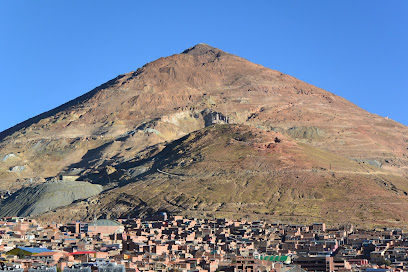
Obelisco Potosí
Discover the Obelisco Potosí, a magnificent monument steeped in Bolivian history, and immerse yourself in the cultural heritage of Villa Imperial de Potosí.
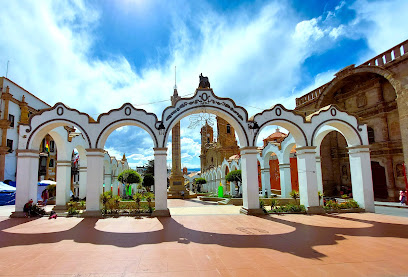
Lagunas del Kari Kari
Explore the stunning natural beauty of Lagunas del Kari Kari, a breathtaking paradise in Bolivia's highlands with vibrant lagoons and diverse wildlife.
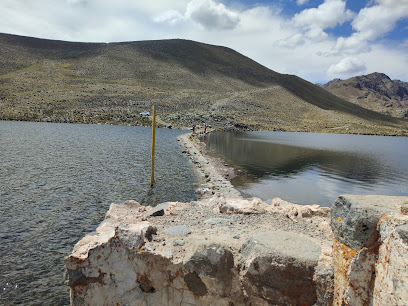
Essential places to dine
El Fogon
Discover authentic Bolivian flavors at El Fogon in Potosí – where tradition meets taste in a warm and welcoming setting.

Cafe Pub 4060
Discover Café Pub 4060 in Potosí: A delightful blend of Bolivian cuisine, coffee culture, and vibrant atmosphere perfect for every traveler.
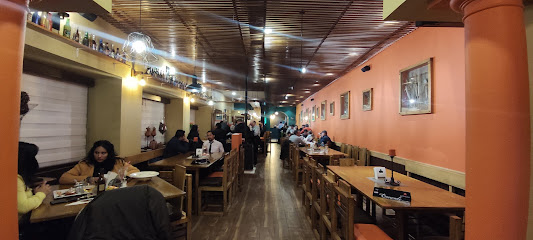
El Tenedor de Plata
Discover authentic Bolivian cuisine at El Tenedor de Plata, where tradition meets taste in the heart of Potosí.
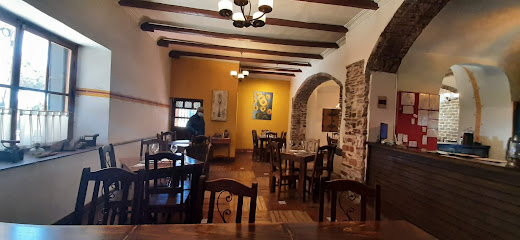
Casona De La Pascualita
Discover the flavors of Bolivia at Casona De La Pascualita in Potosí – a perfect blend of tradition and taste.
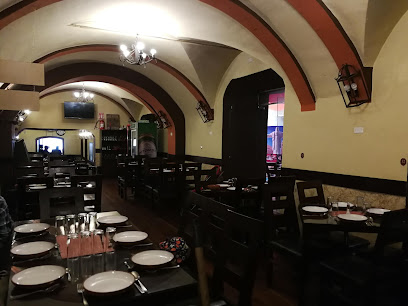
La Casona 1775
Experience authentic Bolivian cuisine at La Casona 1775 in Potosí - where tradition meets flavor in a cozy setting.
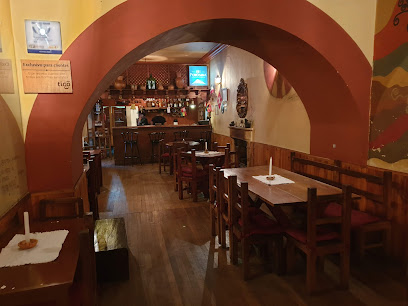
Koala Cafe
Discover delightful Bolivian flavors at Koala Cafe in Potosí - your perfect stop for refreshing meals and drinks.
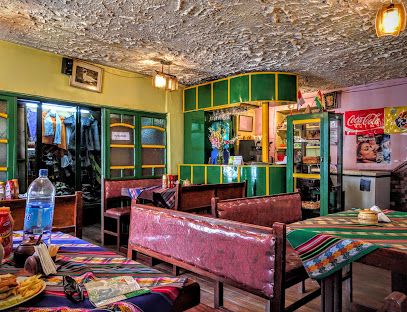
Comida vegetariana Bananas
Discover flavorful vegetarian delights at Comida Vegetariana Bananas, where local ingredients meet creative cuisine in Potosí.
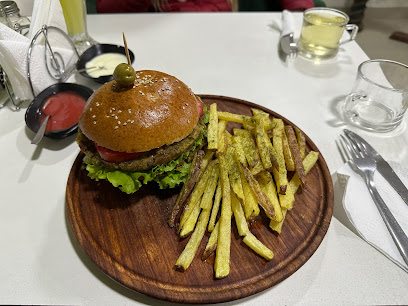
Café Pizzería La Torre
Discover authentic pizza and local cuisine at Café Pizzería La Torre in historic Villa Imperial de Potosí.
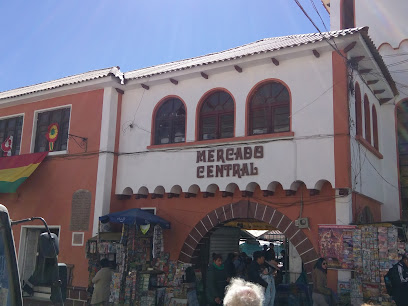
Mamá Pancha Restaurant
Experience authentic Bolivian cuisine at Mamá Pancha Restaurant in Potosí - where tradition meets flavor in a welcoming atmosphere.

Comida Rica
Discover authentic Bolivian flavors at Comida Rica in Potosí - where every dish tells a story of tradition and culture.
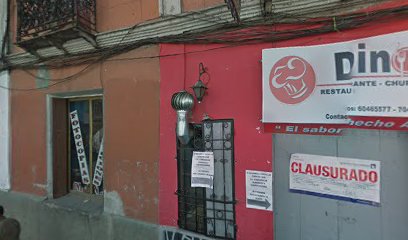
Markets, malls and hidden boutiques
National Mint of Bolivia
Explore Bolivia's rich history at the National Mint, showcasing the country’s numismatic legacy and colonial architecture.
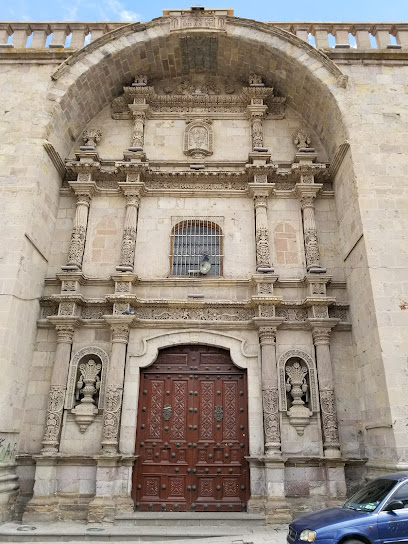
Minina Accesorios
Explore Minina Accesorios in Potosí for a vibrant selection of unique fashion accessories blending local flair with modern trends.
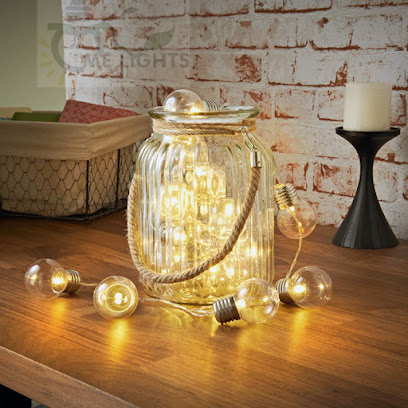
Mercado Gremial Cnl.Julio Perez Chacon
Discover unique fashion and vibrant Bolivian culture at Mercado Gremial Cnl. Julio Perez Chacon in Potosí, a must-visit for every tourist.
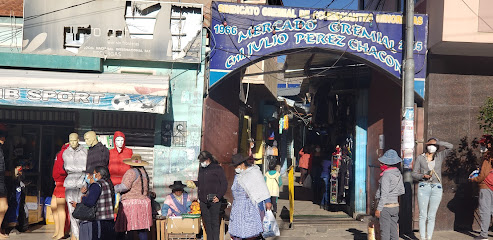
Centro Comercial y Turistico SAN FRANCISCO
Experience shopping and local culture at Centro Comercial y Turistico SAN FRANCISCO in Potosí, Bolivia – a hub for unique souvenirs and delicious cuisine.
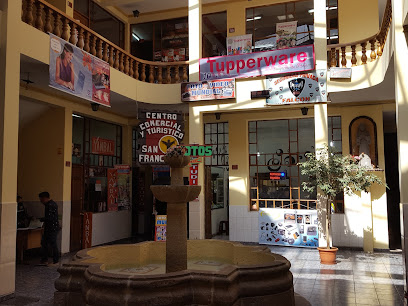
Galeria Matilde
Explore Galeria Matilde in Potosí for unique Bolivian crafts, local cuisine, and a memorable shopping experience in an inviting atmosphere.
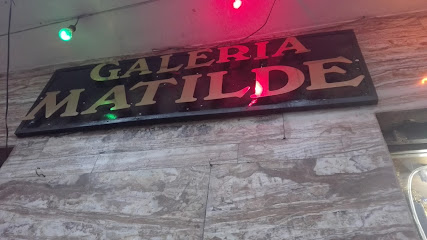
D&D Boutique Centro Comercial San Lorenzo Amb N°13
Explore the vibrant fashion scene at D&D Boutique Centro Comercial in Potosí, where style meets Bolivian culture.
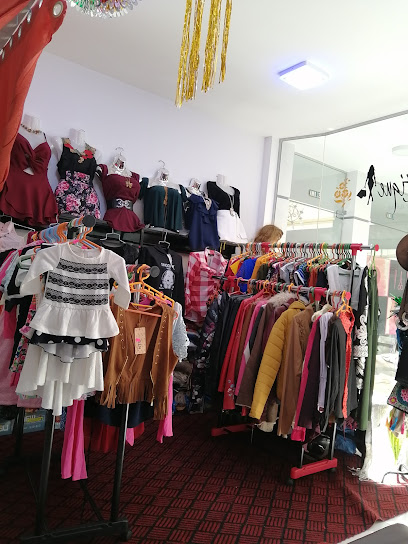
Miniso Potosí
Explore Miniso Potosí for a diverse range of unique gifts and stylish souvenirs that capture the essence of Bolivia.
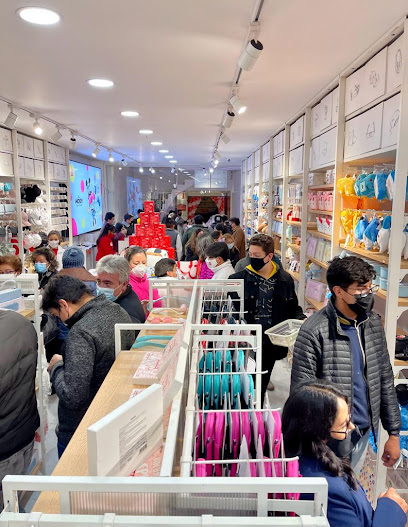
Valeria Tarjetería
Explore Valeria Tarjetería in Potosí for unique, handcrafted gifts and local souvenirs that embody the rich Bolivian culture and artistry.
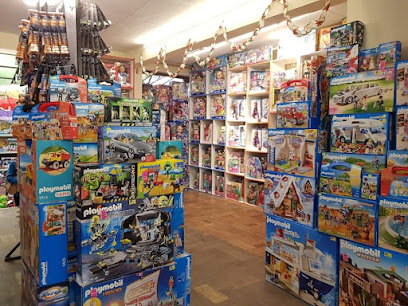
La Oruga Azul (Vape Zone)(Cigarrillos Electrónicos)
Discover La Oruga Azul in Potosí, the ultimate destination for vape lovers offering quality products and a friendly atmosphere.

Chimu Regalos
Discover the heart of Bolivia at Chimu Regalos, where authentic handicrafts meet the rich culture of Potosí.
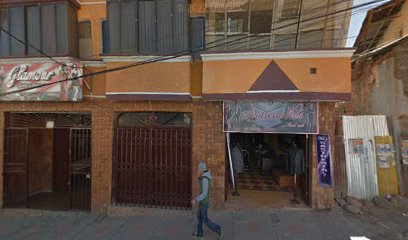
Essential bars & hidden hideouts
CASA BONITA POTOSÍ BOLIVIA
Discover the flavors of Bolivia at Casa Bonita, a gastropub in Potosí offering an unforgettable dining experience with local culinary delights.
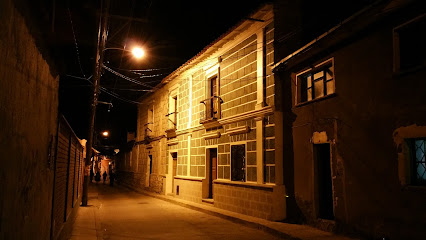
Luna Diabla
Discover Potosí's vibrant nightlife at Luna Diabla, where traditional Bolivian drinks meet modern vibes in a cozy pub atmosphere.
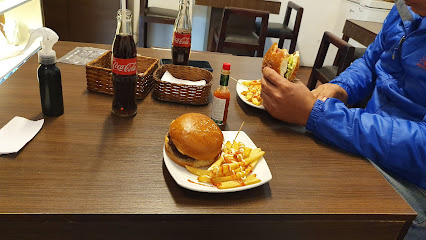
Cima de Plata Pub Café Club
Discover the vibrant atmosphere of Cima de Plata Pub Café Club, a must-visit destination in Potosí for drinks, snacks, and local culture.
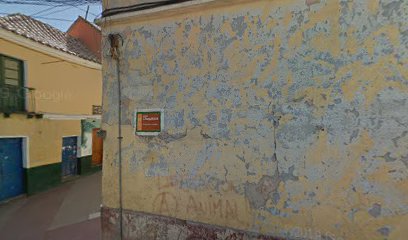
Coco's Resto Bar
Discover the cozy charm of Coco's Resto Bar in Potosí, where locals and tourists unwind over drinks in a warm, inviting atmosphere.
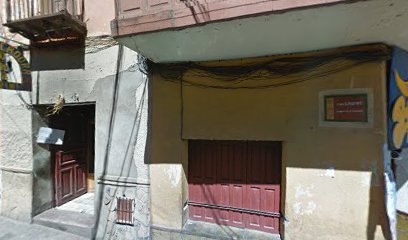
Las Rosas PUB-RESTOBAR
Discover the flavors and festive ambiance of Las Rosas PUB-RESTOBAR, a premier gastropub in the heart of Potosí, Bolivia.
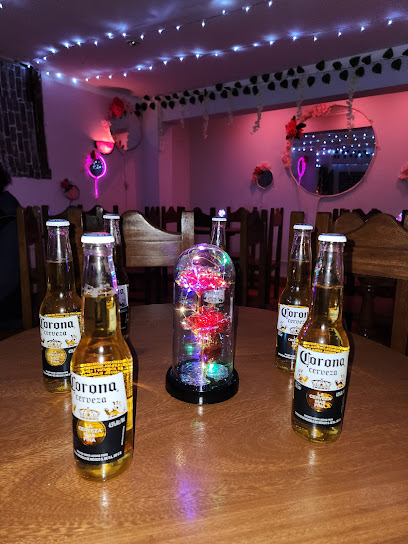
ROUTE 4000
Discover the heartbeat of Potosí’s nightlife at Route 4000, where local flavors and vibrant ambiance come together for an unforgettable experience.

Santiago Centro Cultural PUB
Experience the flavors of Bolivia at Santiago Centro Cultural PUB, a lively gastropub in Potosí offering delicious cuisine and local drinks.
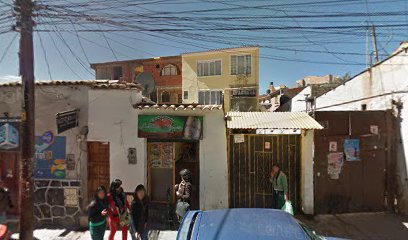
Pub La Villa
Discover the lively spirit of Potosí at Pub La Villa, where local culture meets a vibrant nightlife scene in a charming bar setting.
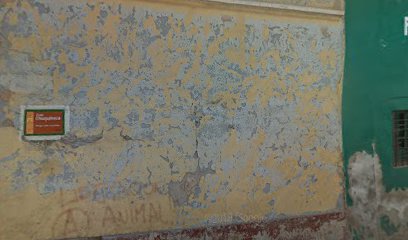
Imperial Restobar
Discover the exquisite fusion of local flavors and modern cuisine at Imperial Restobar in Villa Imperial de Potosí, a culinary gem for every traveler.
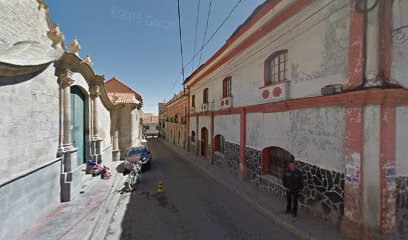
Nativa RESTO BAR
Experience the flavors of Bolivia at Nativa Resto Bar, where traditional dishes meet modern gastronomy in a vibrant setting.
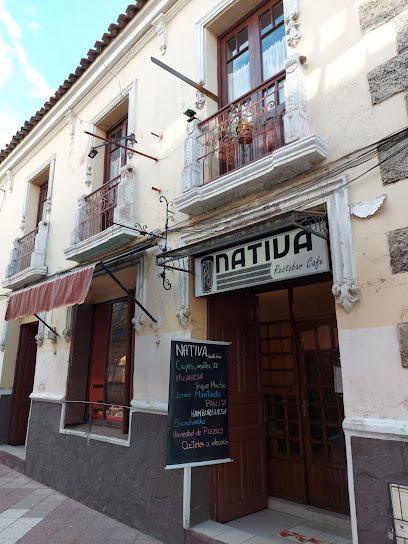
Local Phrases
-
- Hello¡Hola!
[Oh-lah] - Goodbye¡Adiós!
[Ah-dee-ohs] - YesSí
[See] - NoNo
[Noh] - Please/You're welcomePor favor/De nada
[Pohr fah-vohr/Deh nah-dah] - Thank youGracias
[Grah-see-ahs] - Excuse me/SorryDisculpe/Perdón
[Dees-kool-peh/Pair-dohn] - How are you?¿Cómo estás?
[Koh-moh ehs-tahs] - Fine. And you?Bien. ¿Y tú?
[Byehn. Ee too] - Do you speak English?¿Hablas inglés?
[Ah-blahs een-glehs] - I don't understandNo entiendo
[Noh ehn-tee-ehn-doh]
- Hello¡Hola!
-
- I'd like to see the menu, pleaseQuisiera ver el menú, por favor
[Kee-see-eh-rah behr ehl meh-noo, pohr fah-vohr] - I don't eat meatNo como carne
[Noh koh-moh kahr-neh] - Cheers!¡Salud!
[Sah-lood] - I would like to pay, pleaseQuisiera pagar, por favor
[Kee-see-eh-rah pah-gahr, pohr fah-vohr]
- I'd like to see the menu, pleaseQuisiera ver el menú, por favor
-
- Help!¡Ayuda!
[Ah-yoo-dah] - Go away!¡Vete!
[Veh-teh] - Call the Police!¡Llama a la policía!
[Yah-mah ah lah poh-lee-see-ah] - Call a doctor!¡Llama a un médico!
[Yah-mah ah oon meh-dee-koh] - I'm lostEstoy perdido
[Ehs-toy pair-dee-doh] - I'm illEstoy enfermo
[Ehs-toy ehn-fehr-moh]
- Help!¡Ayuda!
-
- I'd like to buy...Quisiera comprar...
[Kee-see-eh-rah kohm-prahr...] - I'm just lookingSolo estoy mirando
[Soh-loh ehs-toy mee-rahn-doh] - How much is it?¿Cuánto cuesta?
[Kwan-to kwehs-tah] - That's too expensiveEsto es demasiado caro
[Ehs-toh ehs deh-mah-see-ah-doh kah-roh] - Can you lower the price?¿Puede bajar el precio?
[Pweh-deh bah-hahr ehl pree-syoh]
- I'd like to buy...Quisiera comprar...
-
- What time is it?¿Qué hora es?
[Keh oh-rah ehs] - It's one o'clockEs la una
[Ehs lah oo-nah] - Half past (10)Media (10)
[Meh-dee-ah (deez-ee-see-ahs)] - MorningMañana
[Mah-nyah-nah] - AfternoonTarde
[Tahr-deh] - EveningNoche
[Noh-cheh] - YesterdayAyer
[Ah-yehr] - TodayHoy
[Oy] - TomorrowMañana
[Mah-nyah-nah] - 1Uno
[Oo-noh] - 2Dos
[Dohs] - 3Tres
[Tres] - 4Cuatro
[Kwah-troh] - 5Cinco
[Seeng-koh] - 6Seis
[Sehs] - 7Siete
[Syeh-teh] - 8Ocho
[Oh-choh] - 9Nueve
[Nweh-veh] - 10Diez
[Dyehs]
- What time is it?¿Qué hora es?
-
- Where's a/the...?¿Dónde está el/la...?
[Dohn-deh ehs-tah ehl/lah] - What's the address?¿Cuál es la dirección?
[Kwahl ehs lah dee-rehk-syohn] - Can you show me (on the map)?¿Puedes mostrarme (en el mapa)?
[Pweh-dehs mohs-trahr-meh (ehn ehl mah-pah)] - When's the next (bus)?¿Cuándo es el próximo (autobús)?
[Kwan-doh ehs ehl proh-ksy-moh (ow-toh-booce)] - A ticket (to ....)Un boleto (a ...)
[Oon boh-leh-toh (ah ...)]
- Where's a/the...?¿Dónde está el/la...?
History of Casa de la Moneda
-
Founded in 1572, the Casa de la Moneda served as the mint for the Spanish Empire in South America. Potosí, rich in silver from the Cerro Rico mountain, became the economic heart of the region, leading to the establishment of this institution. The mint played a crucial role in the production of currency, facilitating trade and commerce across the empire.
-
Throughout the late 16th and 17th centuries, Potosí was one of the wealthiest cities in the world due to its vast silver deposits. The Casa de la Moneda was pivotal in this economic boom, producing millions of coins that flowed into Europe and beyond. The wealth generated from silver mining also attracted a diverse population, contributing to the cultural richness of the area.
-
The Casa de la Moneda is an exemplary piece of colonial architecture, showcasing a blend of Spanish and local influences. Its façade features intricate carvings and a grand entrance, reflecting the importance of the mint at the time. The building is now a museum, preserving artifacts and exhibits that chronicle the history of Potosí and its minting legacy.
-
In the early 19th century, as calls for independence from Spanish rule grew, the Casa de la Moneda became a site of political activity. It served as a meeting place for revolutionary leaders and a symbol of the struggle for freedom. The decline of the mint's operations mirrored the tumultuous changes in Potosí as the region shifted from colonial rule to independence.
-
Today, the Casa de la Moneda stands not only as a historical monument but also as a testament to Potosí's rich cultural heritage. The museum houses collections of coinage, colonial artifacts, and art that reflect the city’s storied past. Efforts to preserve this cultural site continue, highlighting its significance in Bolivian history and identity.
Casa de la Moneda Essentials
-
Casa de la Moneda is located in the heart of Potosi. If you are arriving from the main bus terminal, it is a short walk of about 15 minutes. Taxis are also available and can be hailed from the terminal, offering a convenient option for those carrying luggage. From the airport, which is approximately 7 km away, you can take a taxi or arrange for a shuttle service to reach the neighbourhood.
-
Casa de la Moneda is best explored on foot due to its compact size and pedestrian-friendly streets. Local taxis are readily available for longer distances or if you prefer not to walk. Bicycles can also be rented from various shops in Potosi, providing a unique way to explore the area. While there are no trains or buses specifically within Casa de la Moneda, public transport options are available for reaching other parts of the city.
-
Casa de la Moneda is generally safe for tourists, but it is wise to remain vigilant. Petty crime, such as pickpocketing, can occur, especially in crowded areas. It is advisable to avoid walking alone late at night and to stay clear of poorly lit streets. Areas such as the outskirts of the city may have higher crime rates, so stick to well-traveled paths and seek local advice if uncertain.
-
In case of an emergency, dial 110 for police assistance or 118 for medical emergencies. Hospitals and clinics are available in Potosi, and it’s recommended to have travel insurance that covers medical expenses. For minor issues, local pharmacies can provide over-the-counter medication. Always keep a list of emergency contacts handy, including your country's embassy.
-
Fashion: Do dress modestly and consider the altitude; layers are recommended. Don't wear overly revealing clothing, especially when visiting cultural sites. Religion: Do respect local customs and traditions, particularly in churches. Don't take photos where it is prohibited. Public Transport: Do offer your seat to the elderly and pregnant women. Don't eat or drink on public transport. Greetings: Do greet locals with a friendly handshake. Don’t interrupt conversations when greeting. Eating & Drinking: Do try local dishes and beverages. Don’t refuse food or drink offered to you by locals, as it can be seen as disrespectful.
-
To experience Casa de la Moneda like a local, visit nearby markets for fresh produce and traditional Bolivian products. Engage with local artisans, particularly those selling textiles and pottery. Take the time to visit the Casa de la Moneda Museum to appreciate the rich history of Potosi. Don’t miss the chance to try some of the local street food, but always ensure it is freshly prepared. Consider joining a guided tour for deeper insights into the area’s history and culture.
Nearby Cities to Casa de la Moneda
-
Things To Do in Sucre
-
Things To Do in Uyuni
-
Things To Do in Tarija
-
Things To Do in Cochabamba
-
Things To Do in Santa Cruz de la Sierra
-
Things To Do in La Paz
-
Things To Do in San Pedro de Atacama
-
Things To Do in Iquique
-
Things To Do in Arica
-
Things To Do in Tacna
-
Things To Do in Copacabana
-
Things To Do in Salta
-
Things To Do in Puno
-
Things To Do in Antofagasta
-
Things To Do in Arequipa

